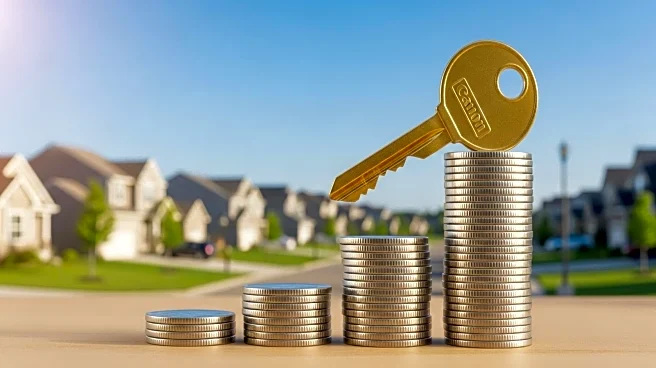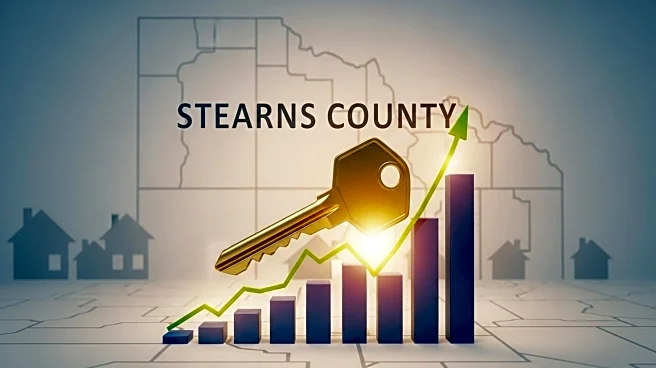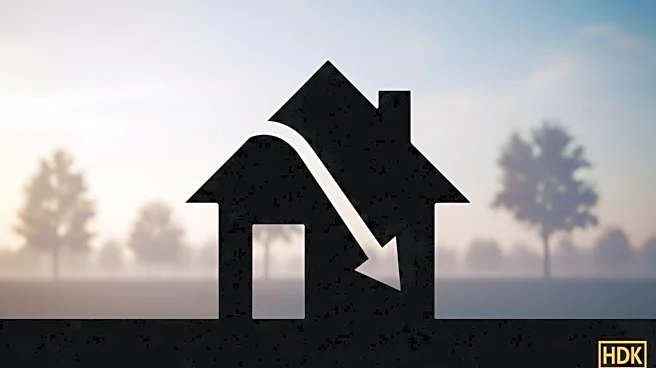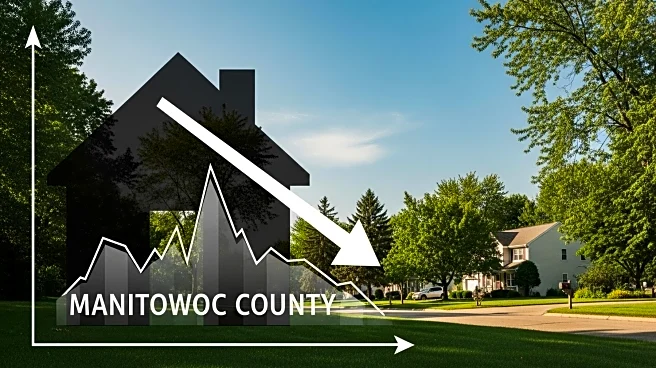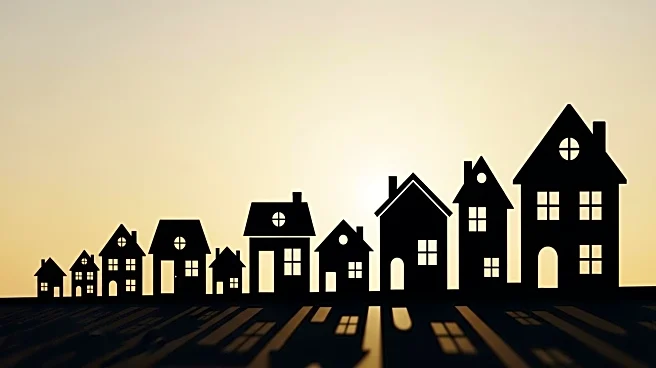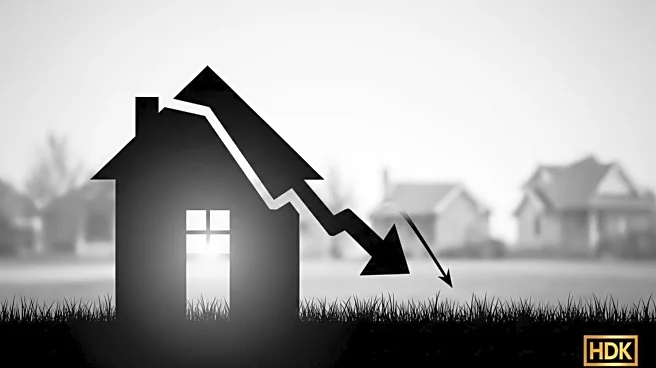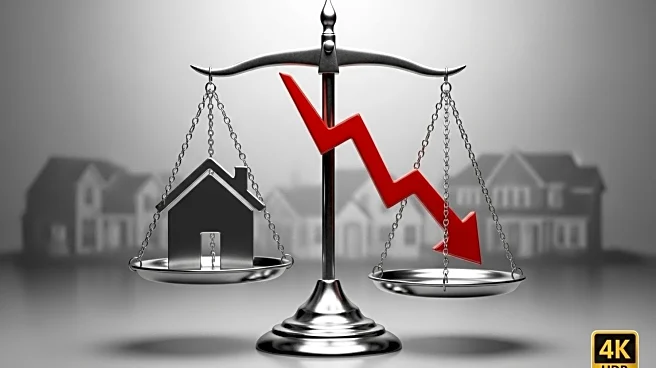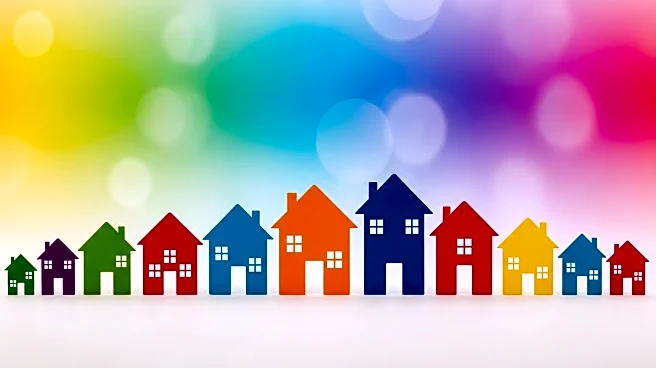What's Happening?
Recent data from Realtor.com indicates that home sales in Portage County have seen a slight increase in median prices. In July, the median home sold for $276,000, up from $275,000 in June. This represents a 10.4% increase compared to July 2024, when the median price was $250,000. The number of recorded sales in the county also rose by 16.4% from 67 to 78 compared to the previous year. Across Wisconsin, homes sold at a median price of $311,867 in July, slightly up from $309,700 in June. The state saw 8,204 recorded sales, marking a 2.2% increase from July 2024. The total value of residential home sales in Wisconsin increased from $3.1 billion in June to $3.2 billion in July.
Why It's Important?
The increase in home prices in Portage County reflects broader trends in the Wisconsin real estate market, where prices have been steadily rising. This trend can impact potential buyers, making it more challenging to find affordable housing. Sellers may benefit from higher sale prices, potentially increasing their profits. The rise in recorded sales suggests a robust market, which could attract more investors and developers to the area. However, the affordability of homes remains a concern, as higher prices may exclude some buyers from entering the market.
What's Next?
As the real estate market continues to evolve, stakeholders such as real estate agents, developers, and policymakers will need to monitor these trends closely. Potential buyers may need to adjust their expectations or seek alternative financing options to cope with rising prices. Local governments might consider implementing policies to address housing affordability and ensure that the market remains accessible to a diverse range of buyers. The ongoing analysis of sales data will be crucial in understanding the long-term implications of these price changes.
Beyond the Headlines
The rising home prices in Portage County could have broader implications for the community, including shifts in demographics and economic activity. Higher property values may lead to increased property taxes, affecting local government revenue and public services. Additionally, the demand for housing could spur new construction projects, potentially altering the landscape and infrastructure of the area. These changes may also influence cultural and social dynamics, as new residents bring different perspectives and needs.
